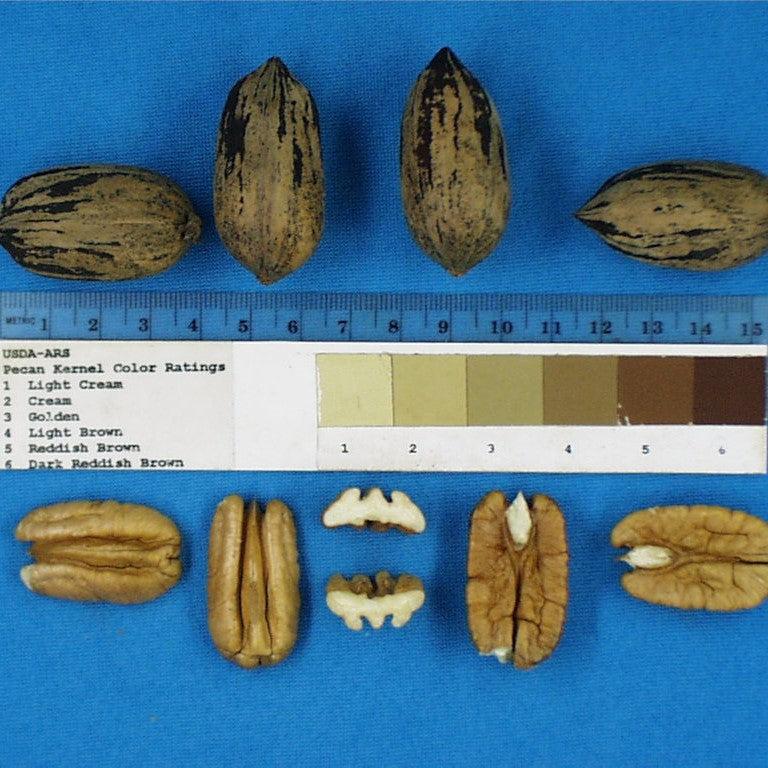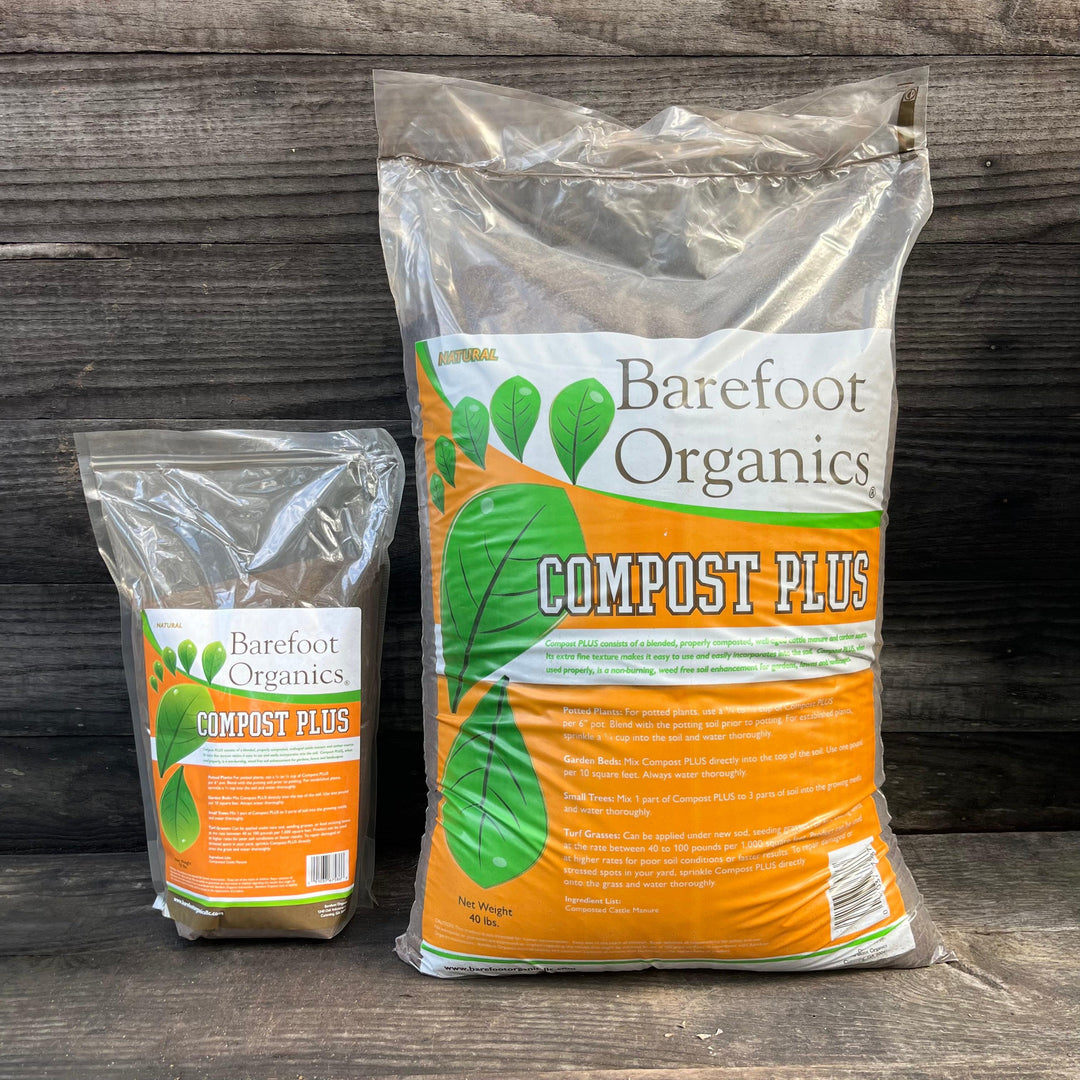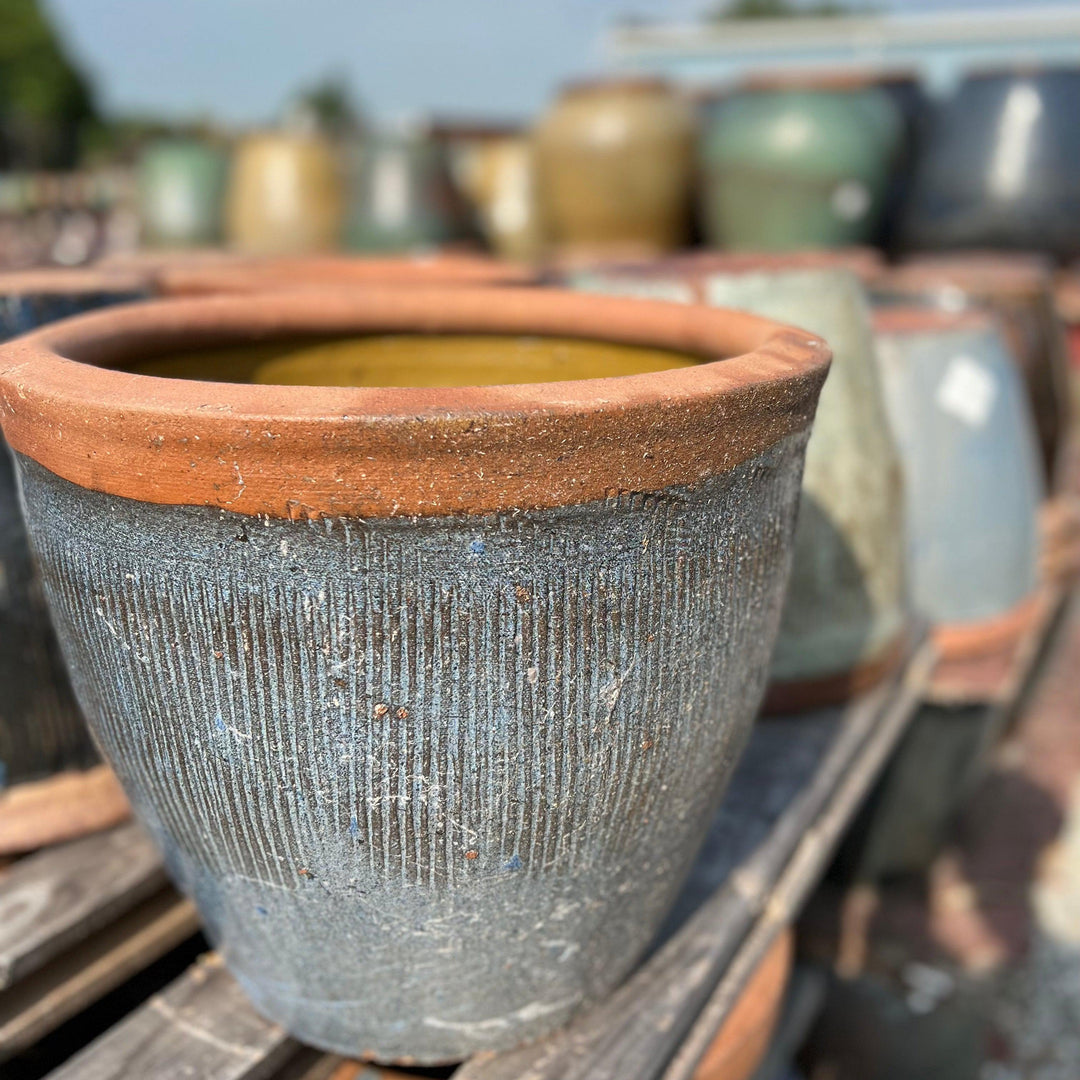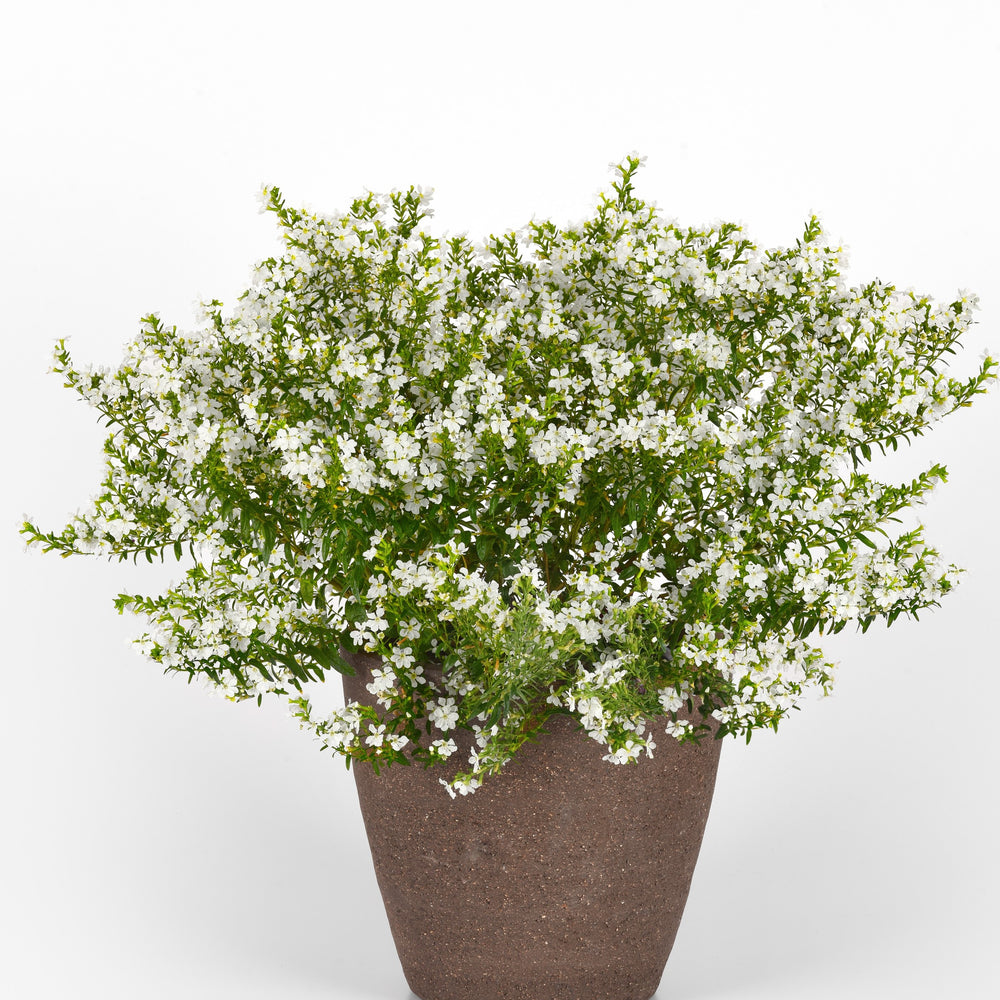The Creek Pecan is a large deciduous tree known for its robust growth habit and early nut production. The compound leaves are compound turn a beautiful yellow in the fall. The pecans produced are medium-sized with a rich, buttery flavor that are encased in a thin shell that's easy to crack. Grows best with full sun and well-drained soil. Creek begins production at a young age and is a type I pollinator; suggested pollinator partners include Elliot, Kanza, or Kiowa. It is also highly disease resistant.
|
Type: |
|
|
Origins: |
South Central N. America |
|
Height: |
70’ - 100’ |
|
Spread: |
40’ - 50’ |
|
Spacing: |
45’ |
|
USDA Hardiness Zone: |
7 - 9 |
|
Culture: |
|
|
Bloom Color: |
Green |
|
Season of Interest: |
MAINTENANCE NEEDS: Low maintenance. Difficult to transplant due to taproot. Large trees can produce considerable litter with twigs, leaves, and nuts. No serious disease or pests. Hickory bark beetle, pecan weevil, borers and twig girdler can be problems in some areas. White heart rot, anthracnose, leaf blotch, powdery mildew, leaf spot, cankers, catkin blight, crown gall and scab are occasional diseases. Pruning should be done in late winter or early spring to maintain the tree's shape and promote healthy growth.
LANDSCAPE USES: Specimen planting or mass plantings, Woodland Garden, Naturalized Areas, Native Garden, and Shade Tree.
COMPANION PLANTS: Yellow Birch, Oakleaf Hydrangea, Bottlebrush Buckeye
IMAGE: CGRU, Pecan Cultivars, 'Creek'
*As plants have ranges in appearance they may not appear as the images shown.



















































